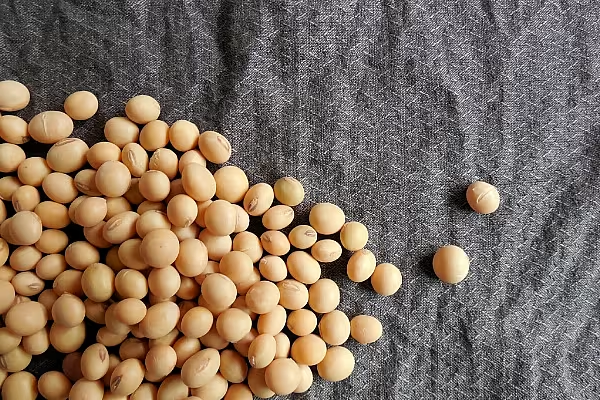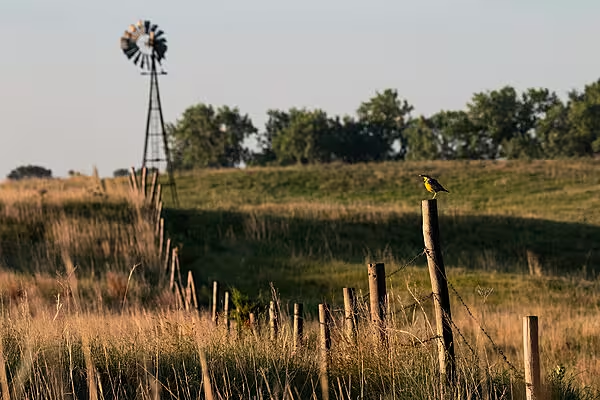U.S. farmers just can’t seem to grow enough soybeans to satisfy China.
For the third year in a row, U.S production is expected to set a record, the best such string since 1979. Yet, with output dropping elsewhere, a flurry of demand from China and other importers is eating away at stockpiles. The result: For the first time in three years, domestic inventories are poised to drop below the previous season, according to analysts surveyed by Bloomberg.
Soybeans are used to make everything from animal feed to cooking oil, soy sauce and tofu. Since 2005, China’s imports of the commodity have more than tripled, and it now buys more than 60 percent of the world’s exports. The demand is primarily driven by its livestock sector as a growing middle class consumes more meat.
As contrary weather hindered crops in Latin America, U.S. soybeans have secured seven weeks of record export sales since May. To maintain “adequate supplies” domestically, U.S. fields need to beat last year’s record yield of 48 bushels per acre, according to Daniel Basse, president of AgResource Co., a Chicago-based industry researcher.
“We can use everything we produce,” Basse said by telephone. “It’s a big crop, but the big demand story is coming on now. The U.S. will be the main source for soybeans from now through Valentine’s Day because of crop problems in Brazil from hot, dry weather and flooding in Argentina.”
Brazil is forecast to be the world’s leading soybean exporter in the current season, shipping 57.2 million metric tons, ahead of the U.S.’s 48.9 million, the USDA said last month. Argentina is the biggest shipper of soybean meal and oil.
Planting progress for the U.S. crop in May was faster than the prior five-year average, allowing the plants to take advantage of June’s sunny weather. Rain in early July then boosted soil moisture, raising crop ratings to the highest since 2004. The forecast for more rain in August is key for the plants to reach full yield potential as plant pods fill up with beans, said Troy Deutmeyer, an agronomist with Dupont Co.’s Pioneer seed unit in Dyersville, Iowa.
In Illinois, the biggest grower after Iowa, the crop is very good, relatively disease-free and “eye-appealing,” according to Matthew Brandt, the regional agronomy lead for St. Louis-based Monsanto Co. Soybean plants are larger than normal, which can limit yield potential because plants used more energy to grow before making pods and filling them with beans, Brandt said in an interview.
On Friday, the USDA will update its monthly crop forecasts in this year’s first corn and soybean estimates, based on farmer surveys and field measurements in 11 states from Arkansas to South Dakota.
Domestic farmers in the U.S. are poised to collect 3.948 billion bushels of the oilseed this season, the most ever and higher than the government’s July forecast, according to a Bloomberg survey of 33 analysts and firms.
News by Bloomberg, edited by ESM. To subscribe to ESM: The European Supermarket Magazine, click here.














